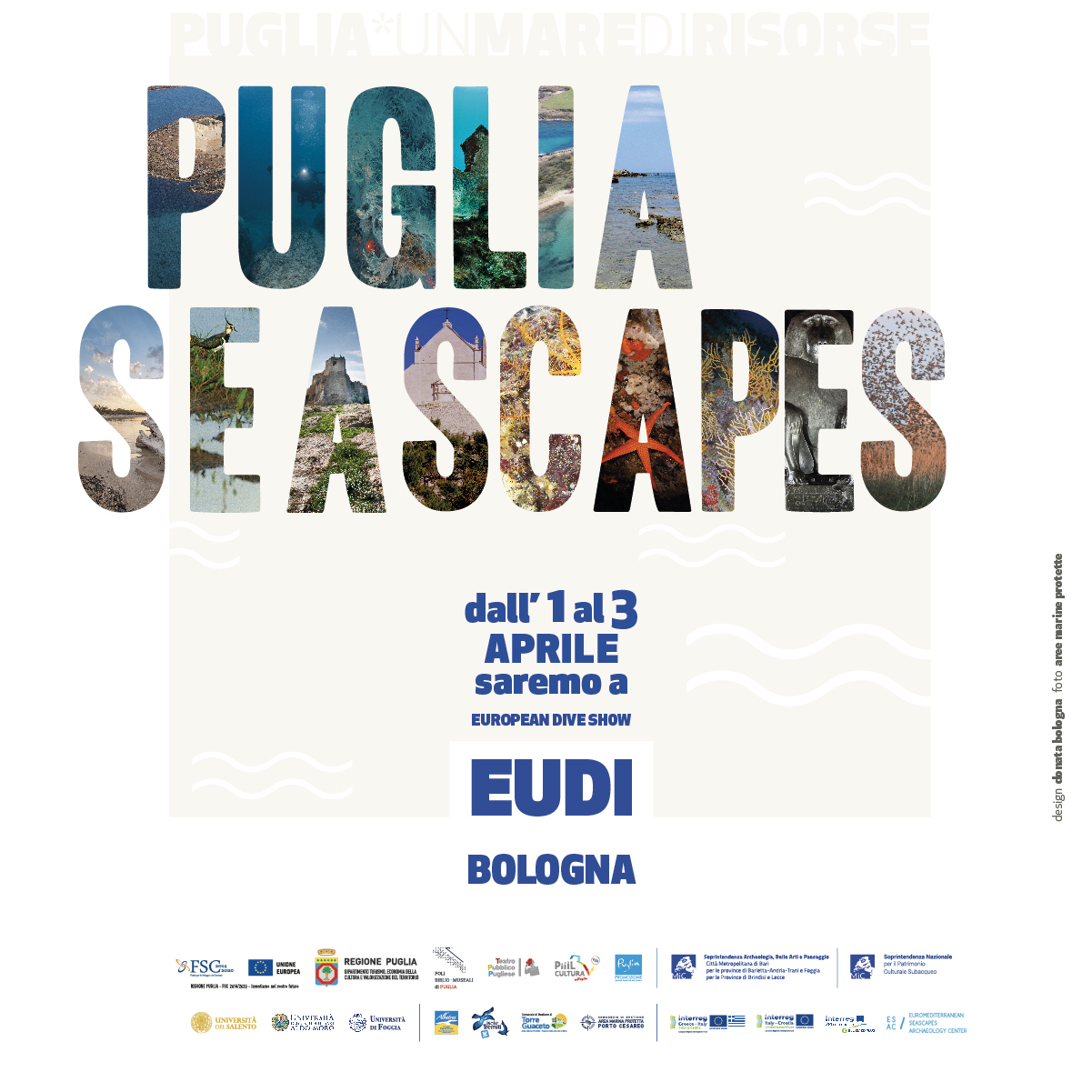The research, protection and enhancement of the wreck of a Roman boat, known as "Grade 2", has been completed. The intervention is part of the Interreg Italy-Croatia 2014 - 2020 "UnderwaterMuse" project, which aims to promote and enhance the underwater archaeological heritage of some areas of the Adriatic.
During the press conference held today in Aquileia, part of a two-day meeting dedicated to the project, the results of the works and the initiatives planned for the near future were presented, especially the opening of visits to the public through the realization a “submerged” museum and a digital one, which would make Grado2 the first wreck in Italy that can be visited in complete safety.
Approved and funded under the Cross-border Cooperation Program between Italy and Croatia, the project is led by the Regional Body for Cultural Heritage of Friuli Venezia Giulia - ERPAC FVG, in partnership with the University of Venice Ca' Foscari, the Puglia Region, the RERA Agency - Split and the Municipality of Kaštela.
A real successful synergy to enhance the regional heritage, as stated by Anna Del Bianco, General Manager ERPAC FVG: “Thanks to the UnderwaterMuse project, the Grado2 wreck will be usable both through underwater visits and in augmented virtual reality mode. The complex intervention to refurbish the site and the creation of innovative virtual fruition tools are an example of how the cultural and tourist enhancement of an archaeological site can contribute to the intelligent, sustainable and inclusive growth of a territory. We hope that the great teamwork we have done can be put into the system to start new collaborations and future projects ".
The initiative has seen widespread actions to raise awareness and involve local actors, for example the presence of representatives of regional diving clubs during the excavation and provides guided tours of the reservoir. Those who will not be able to dive will be given the opportunity to experience a virtual reality, thanks to the photogrammetric survey of the load that allowed the creation of a three-dimensional model of the site.
The Grado 2 wreck, dating back to the third century BC, can be considered one of the most interesting in the Adriatic. At a depth of 19 meters, covered by a few centimetres of sandy bottom, it was discovered in 1999 in the Gulf of Grado. Inside, several amphorae have been found which, according to the results of on-site research, appear to belong to the typical containers used for transporting wine, also known as “ancient Greek-Italic amphorae”. Their chronology, inserted in the second half of the third century BC, is extremely interesting: it would be the oldest load of amphorae in the north-central Adriatic, prior to the foundation of the colony of Aquileia (181 BC).
“As the scientific coordinator of the UnderwaterMuse project, I am really satisfied with the results of the Grado pilot project - says Rita Auriemma, coordinator archaeologist of the project - both from a scientific point of view and for the aspects of enhancement; one of the oldest deposits in the central-northern Adriatic has been brought to light in all its extension. The added value of this operation, however, is the use of this reservoir: the metal grids have the dual purpose of protecting it and making it accessible to divers through guided tours. As a next step we will work on the development of good practices of participatory management, to ensure that 'diving centres', diving clubs and other regional entities can assist the protection bodies, as already happens in neighbouring Croatia, in the enhancement of the site ".


